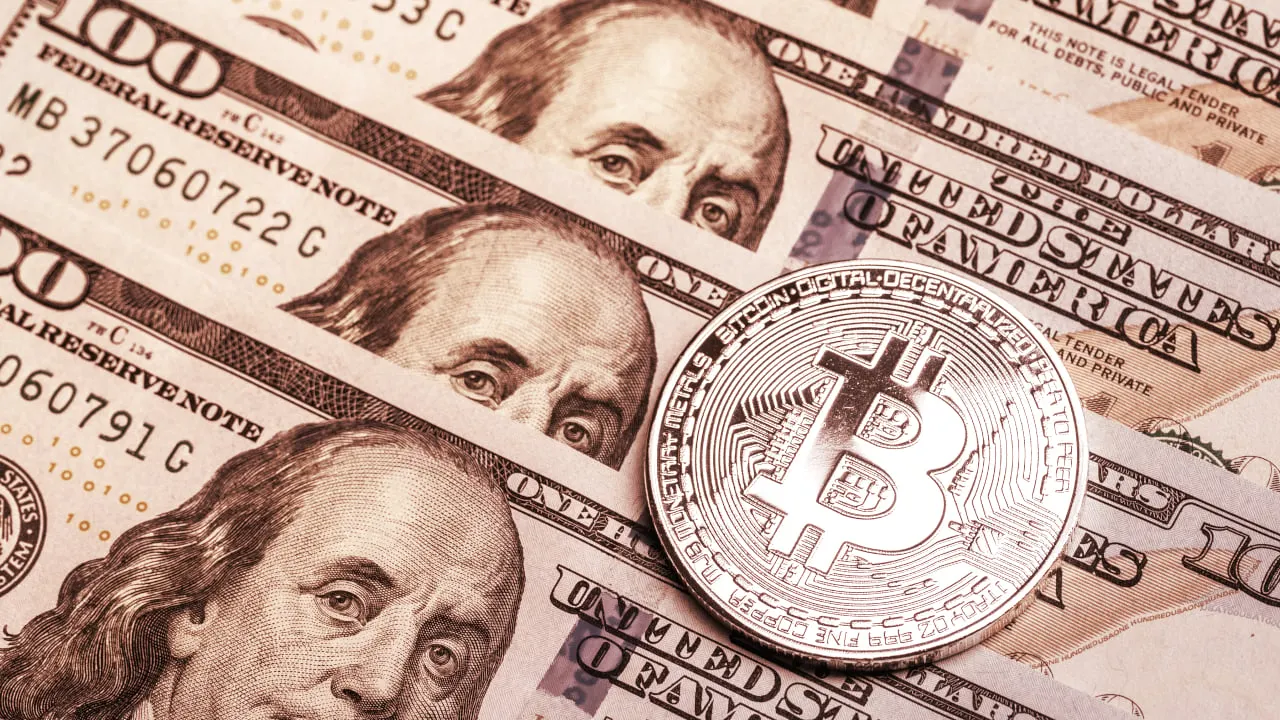The Grayscale Bitcoin Trust bled for 78 straight days, drained of over $17 billion in Bitcoin as investors pulled out their cash. Then suddenly, and seemingly inexplicably, the bleeding stopped—and investors started buying back into the fund earlier this week. Why?
Since its conversion to a Bitcoin ETF in January, the Grayscale Bitcoin Trust has seen only two days of net inflows: Friday, May 3 and Monday, May 6. Those two days added $67 million worth of Bitcoin to the fund’s assets under management, which still leads the pack at just over $18 billion.
The move stunned market observers—but it was short lived.
On Tuesday, May 7, the GBTC flows were back in the red as $29 million worth shares were redeemed, according to data from Coinglass. Still, the green blip has been enough to prompt Bitcoin ETF onlookers to wonder—why are investors buying GBTC?
After all, GBTC’s 1.5% fee—the highest among its spot Bitcoin ETF competitors—should mean that it has the worst performance of the group. But that’s not the only metric by which to measure a fund, ETF.com senior analyst Sumit Roy told Decrypt. The high fees might be a deterrent for investors who plan to hold their shares for a long time, but not so for short sellers.
“The idea that GBTC might be used to short Bitcoin—either outright or as one leg of a pair trade—is just the flip side of it being the least attractive spot bitcoin ETF to go long,” Roy said.
Here’s one way that could work: A short seller borrows an asset, like GBTC shares, from a prime brokerage. The short seller then sells the GBTC shares at current market prices. If the short seller was right to bet against GBTC, they’ll be able to buy the shares back at a lower price. The difference between that initial market price and the (hopefully) lower price is their profit. The last step of the whole process is to return the shares to the broker who lent them out to begin with.
But this only works if prime brokerages have shares available to lend, which is one possible source for the GBTC inflows. Of course, it might not be the only reason people are buying shares.
Keegan Toci, chief investment officer at Combine Capital, said on Twitter a large prime brokerage told him GBTC shares are still very easy to borrow—meaning there probably isn’t enough scarcity of shares for all the buying to have been a brokerage upping their supply for short sellers.
i too suspected the $GBTC inflows today were create-to-lend activity (prime brokers creating new shares for the purpose of lending to short sellers), but in speaking with a large PB they indicated GBTC is still very easy to borrow... meaning this could in fact be bullish inflow https://t.co/QAP6oTfTXP
— KΞΞGAN (@zeroxkeegan) May 4, 2024
There’s a playbook for ETF issuers who are first-to-market and need to deal with newcomers that undercut them on fees, Roy explained.
BlackRock’s iShares MSCI Emerging Markets ETF launched in 2003, but after a 2-year head start, the fund got some stiff competition when Vanguard launched its Vanguard Emerging Markets Stock Index Fund ETF in 2005.
“BlackRock didn’t want to cut the fee on EEM, so they launched a cheaper, clone product IEMG,” Roy said in an email to Decrypt. “After that, EEM bled assets consistently over time, but it wasn’t a straight line down. There were plenty of inflows along the way and the ETF remained a popular trading vehicle for those prioritizing liquidity and the fund’s active options market.”
Sound familiar? If it does, it’s because Grayscale has filed to register the Grayscale Bitcoin Mini Trust—thereby taking a page out of BlackRock’s playbook while the Wall Street giant comes for its top spot in the spot Bitcoin ETF category.

